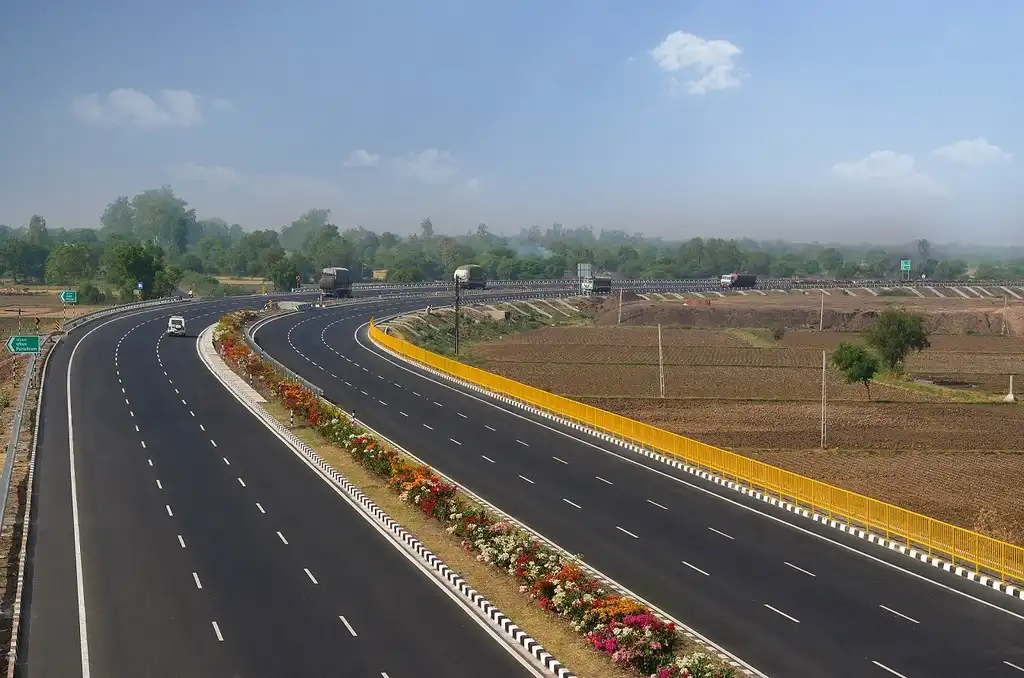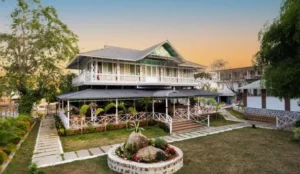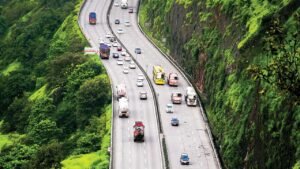India’s highways form the backbone of its transportation network, playing a crucial role in driving economic activity, trade, and regional development. With one of the largest road networks in the world, India’s highway infrastructure is continuously expanding and modernizing to meet the needs of its growing economy.
National Highways: Spanning the Nation
India’s National Highways (NHs) connect major cities, ports, and industrial hubs across states. Key facts:
India has over 160,000 km of National Highways.
Though they make up only about 2% of total roads, they carry over 40% of the country’s traffic.
Managed by the National Highways Authority of India (NHAI) under the Ministry of Road Transport and Highways.
Major corridors include:
Golden Quadrilateral: Connects Delhi, Mumbai, Chennai, and Kolkata.
North-South and East-West Corridors: Improve connectivity from Kashmir to Kanyakumari and Silchar to Porbandar.
Delhi-Mumbai Expressway: India’s longest expressway under construction, expected to reduce travel time dramatically.
Expressways and Smart Corridors
India is now focusing on access-controlled expressways to support high-speed travel and freight movement. These roads offer:
Fewer access points
Smooth driving experience
Advanced safety features
Digital toll systems (FASTag)
Notable expressways include:
Yamuna Expressway (Delhi–Agra)
Mumbai–Pune Expressway
Lucknow–Agra Expressway
Upcoming Ganga Expressway, Bangalore-Chennai Expressway
Bharatmala Project: A Game Changer
The Bharatmala Pariyojana is a flagship highway development program aimed at:
Bridging critical infrastructure gaps
Enhancing border and coastal road connectivity
Improving freight movement
Promoting economic corridors and logistics parks
Under Bharatmala, over 83,000 km of highways are planned for development in multiple phases, including expressways, feeder roads, and border roads.
Road Safety and Technology Integration
Modern highways in India now incorporate:
Smart traffic management systems
Electronic toll collection (ETC) via FASTag
Roadside amenities for travelers
Crash barriers, reflectors, and CCTV surveillance for safety
Technology and AI are also being introduced to monitor traffic flow and reduce accidents.
In Summary
India’s highway network is transforming at an unprecedented pace, bringing distant regions closer and opening up new avenues for commerce and development. From expressways to rural roads, India’s investment in road infrastructure is helping build a faster, safer, and more connected nation.









